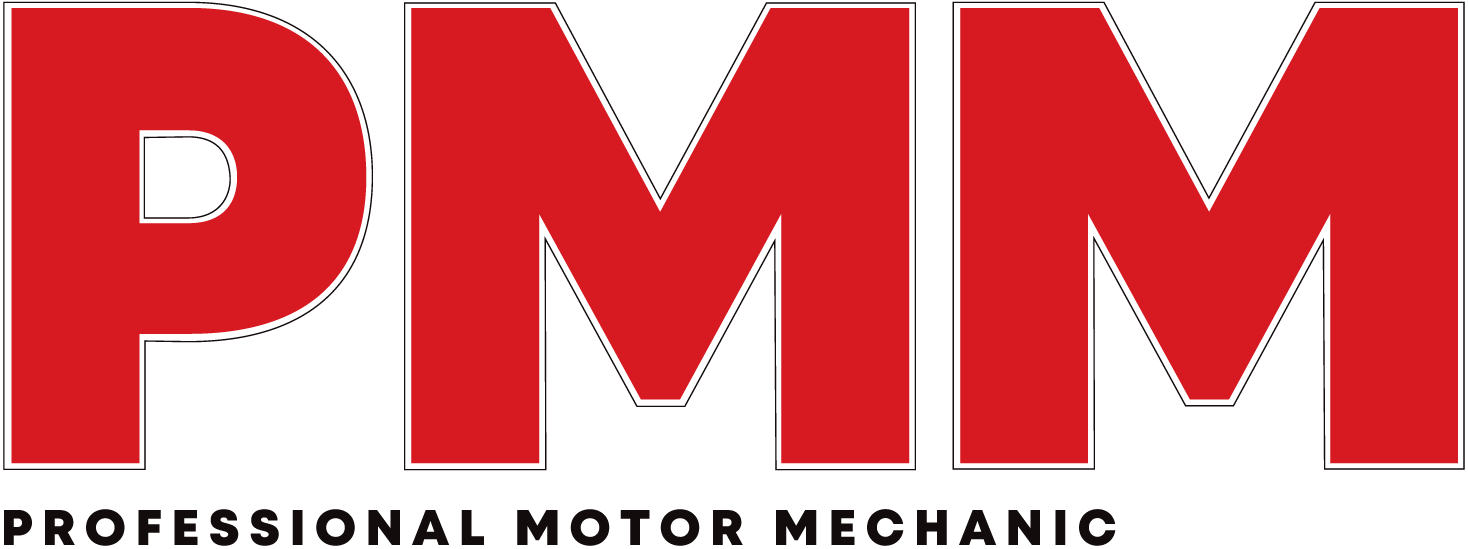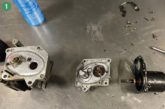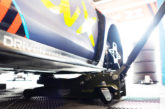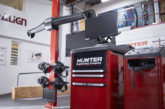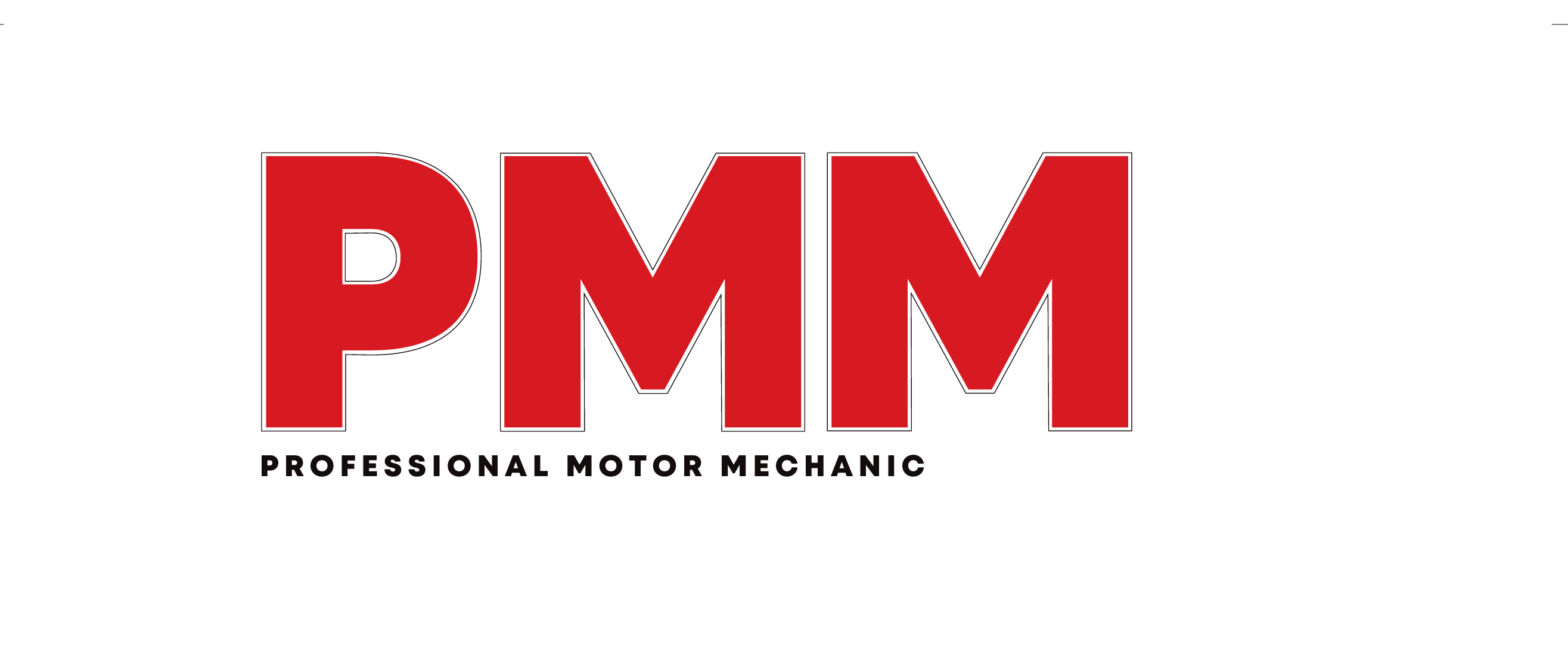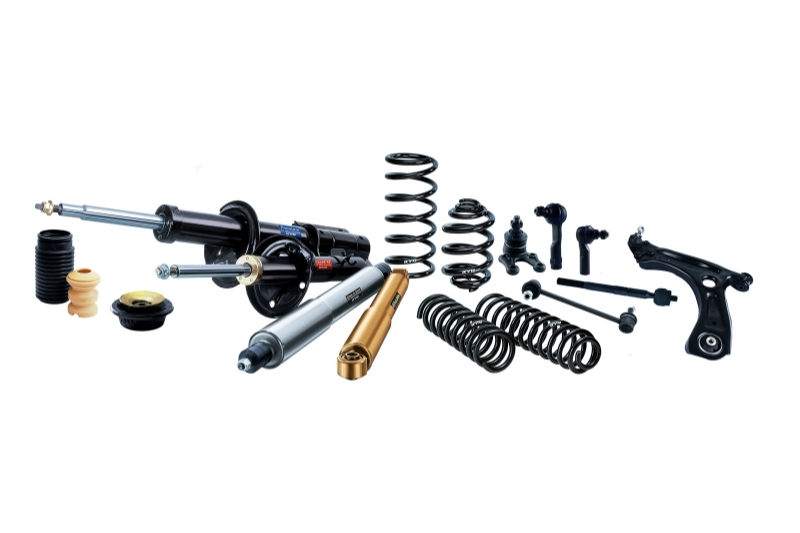
In 2024, steering and suspension problems were responsible for nearly 23 per cent of defects found during MOT tests. KYB provide PMM readers with expert guidance on best practice for addressing these issues.
Always use the correct tools
There are a wide array of tools available on the market specifically designed to make the fitting of steering and suspension components easier and more efficient, and it’s important to make full use of these. Using the right tool helps ensure that the component is installed correctly without causing damage to other components. Specialised tools like torque wrenches, ball joint separators, and coil spring compressors not only make the job easier but also ensure that the parts are installed to the manufacturer’s precise specifications.
For example, when fitting a mounting kit to a shock absorber, it is often considered easier to use an impact wrench to install and remove mounting kits quickly. However, KYB strongly advises against this practice, as using impact wrenches can:
- Spin the piston rod, causing damage to the valving within the shock absorber.
- Cause the bottom nut holding the valving together inside the shock absorber to come loose. Tightened between 7-12Nm in the factory, this nut is prone to loosening when the incorrect tool is used.
- Sever the thread, leading to complete failure of the shock absorber. Instead, a torque wrench should be used and components tightened to the manufacturer’s torque recommendation after the full weight of the car has been applied – this prevents the components from being placed under additional stress once the vehicle has been lowered.
Use everything in the box
All KYB parts are provided with everything you need to complete the job properly – and this is for good reason. When fitting steering and suspension components, it is crucial not to reuse old fasteners. Reusing fasteners can lead to them loosening over time, which could compromise the safety and integrity of the system. Furthermore, steering and suspension systems often use fasteners with a self-locking feature intended for one-time use only. By using the correct, new fasteners as provided with KYB parts, you ensure a secure and safe installation.
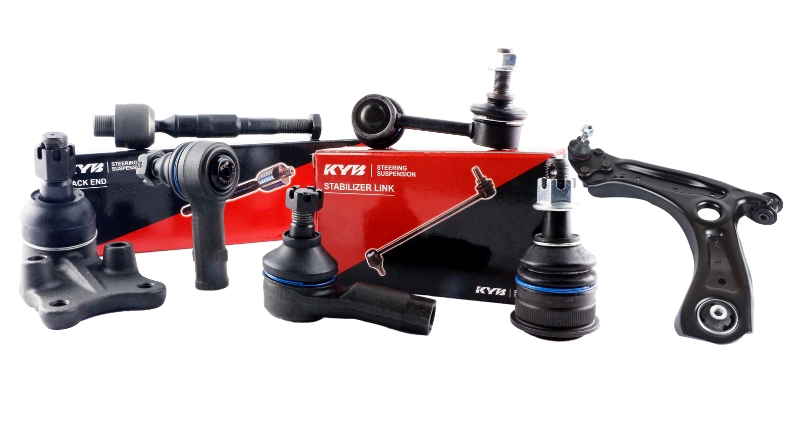
Assess the situation
When inspecting a defective control arm, it may be possible to replace just the damaged bearings or ball joints. However, the complexity of this relies upon the vehicle make and model, as many newer vehicles have control arms with integrated components, requiring the replacement of the entire control arm assembly.
KYB addresses both scenarios by offering a comprehensive selection of ball joints and control arms. All KYB control arms come pre-fitted with the ball joint, eliminating the need to purchase and fit each component separately.
After the job
KYB recommend a full four-wheel alignment after replacing any steering or suspension components. It is important to check all three angles; toe, camber and caster. Not only will this ensure that safety critical components such as tyres do not wear prematurely, but it also ensures maximum stability. When wheels are misaligned, handling is severely compromised meaning that in an emergency situation, a vehicle may not be able to stop safely.
It is also important to note that many Advanced Driver Assistance Systems (ADAS) and Electronic Stability Control (ESC) systems depend on fully functioning steering and suspension components, along with precise wheel alignment, to operate as intended. When these components are altered or not properly maintained, it can impact the position of the cameras, sensors, and radars used to monitor road conditions. Misalignment or faulty components can cause these systems to provide inaccurate data to the vehicle’s ECU, potentially leading to incorrect responses. This significantly compromises the overall effectiveness of advanced safety technologies like lane-keeping assist, automatic emergency braking and adaptive cruise control. Therefore, after having completed a full wheel-alignment on a vehicle equipped with ADAS, re-secure all the sensors and ensure that the system is recalibrated according to the vehicle manufacturers specification before returning the vehicle to its owner.
